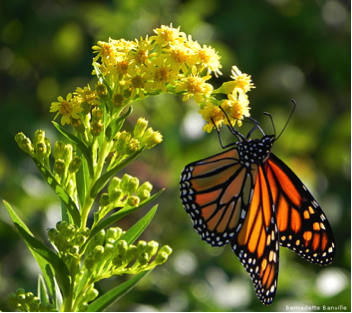Think about your blog posts. They probably include a photo or two. Hopefully authentic ones from your work. Perhaps taken by staff or volunteers, or crowdsourced from supporters. If we’re describing your website, congratulations! You are already taking huge steps to draw supporters’ eyes and touch their hearts with smart visual communications. But are you combining text and imagery to best effect.
Research shows that visitors to your website are 300% more likely to read the captions under images than the main body copy. But many organizations neglect to include captions (we’re often guilty of this ourselves!), or simply note the photographer’s name. This is a missed opportunity to capitalize on your reader’s attention, and bring those images to life.
What makes for a good caption? Here are five tips, drawn from the The Most Amazing Online Organizing Guide Ever (in which Shadia Fayne Wood, founder of Project Survival Media, shares best practices for captioning Flickr photos), and the AP Caption Style Guide from the University of Missouri’s Convergence School of Journalism.
- Include the five “W”s: who, what, when, where and, perhaps most importantly, why should I care.
- Explain the significance of this moment or scene. This is the why should I care part.
- Think story, not dry description.
- Limit yourself to two sentences.
- Give credit where credit is due (that means proper attribution to the photographer or source).
Let’s look at a good example to see this in action. The photo below is from a post entitled Get Ready for Monarch Migration by National Wildlife Federation.
The caption describes the scene, including the kind of butterfly and plant, and the season and location. More importantly, it tees up the blog post’s call to action (urging gardens to plant milkweeds and other late-blooming native flowers to create monarch habitat) by explaining the importance of native plants to these magnificent critters. Finally, it credits the photographer.

A monarch feeds on nectar from goldenrod in Rhode Island. Such late-blooming native plants are critical for fueling the insects’ fall migration. Photo donated by National Wildlife Photo Contest entrant Bernadette Banville.
Two little sentences, but they might be the most important on the page! Go forth and caption, friends.
